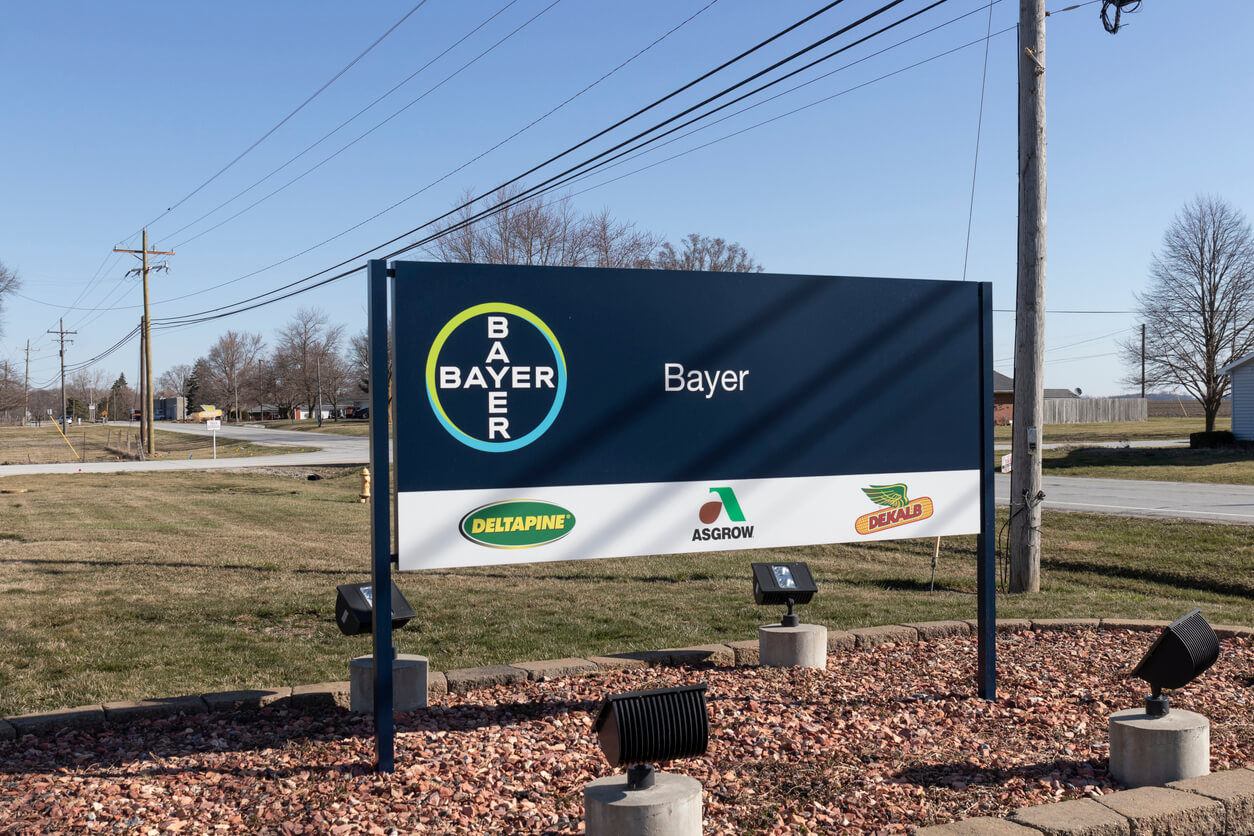Appeals Court Hands Bayer Major Win in Roundup Litigation
Editors carefully fact-check all Consumer Notice, LLC content for accuracy and quality.
Consumer Notice, LLC has a stringent fact-checking process. It starts with our strict sourcing guidelines.
We only gather information from credible sources. This includes peer-reviewed medical journals, reputable media outlets, government reports, court records and interviews with qualified experts.

The latest update among ongoing Roundup lawsuits may be bad news for plaintiffs. On Thursday, the 3rd U.S. Circuit Court of Appeals in Philadelphia ruled unanimously in favor of Bayer regarding whether Monsanto, its subsidiary, properly warned about the cancer risks associated with its popular weed killer.
The ruling – which is a notable departure from previous decisions – centered on the Federal Insecticide, Fungicide and Rodenticide Act (FIFRA). This ruling determined that FIFRA takes precedence over, or preempts, the state regulations that are at the heart of the plaintiffs’ case.
David Schaffner, a professional landscaper who developed non-Hodgkin lymphoma following exposure to Roundup, had filed a lawsuit. He and his wife claimed that Monsanto violated state law by not including cancer warnings on its product labels.
Initially, a court had ruled in favor of the Schaffners. However, the appeals court determined that since the Environmental Protection Agency approved Roundup labels that omitted cancer warnings, and FIFRA requires labels to abide by what the EPA determines, the federal law preempted the state law.
Bayer, which acquired Monsanto in 2018, is pushing for Roundup litigation to be settled by the Supreme Court.
Court’s Ruling Contradicts Previous Losses for Bayer
In a departure from previous rulings, the appeals court ruled that, because FIFRA doesn’t allow states to impose labeling requirements that differ from what federal law mandates, FIFRA preempts any Pennsylvania laws that necessitate a cancer warning.
The MDL Court in California had previously ruled that FIFRA does not preempt state law, meaning that Roundup lawsuits could focus on state regulations that require cancer warning labels on the weed killer.
The Schaffner case had also initially received a favorable judgment from the U.S. District Court for the Western District of Pennsylvania before the appeals court reversed that decision.
The ruling on Thursday could potentially help Bayer in its efforts to counter plaintiffs’ allegations that the company is responsible for Roundup cancer cases.
Now that there has been a circuit split among rulings on federal preemption, relying on state laws to prove that Monsanto had a duty to warn consumers may no longer be a straightforward path to lawsuit success.
Roundup Lawsuits Could Make Their Way to the Supreme Court
With split rulings among different circuit courts, Bayer has continued to push for Roundup litigation to make its way to the Supreme Court.
“This decision on federal preemption, a cross-cutting issue in this litigation, creates a circuit split among the federal appellate courts and necessitates a review by the U.S. Supreme Court to settle this important issue of law,” Bayer said in a statement following the Schaffner ruling. “The Company is considering the impact of this ruling on other pending litigation and looks forward to presenting its arguments, as fully embraced by the Third Circuit, to the U.S. Supreme Court.”
A Supreme Court ruling is the first step in Bayer’s five-point plan to handle the ongoing Roundup lawsuits.
“A favorable ruling by the U.S. Supreme Court on the federal preemption question could largely end the Roundup™ litigation,” the company says on its website.
The main point of contention remains whether FIFRA preempts the state laws. These state laws could be used to argue that Monsanto failed to warn customers of the potential link between its pesticide and cancer.
Bayer has taken additional approaches to combat litigation in recent months as well, including lobbying Congress to include language in the potential Farm Bill that would protect the company from future Roundup lawsuits.
Editor Lindsay Donaldson contributed to this article.